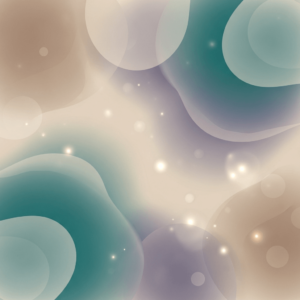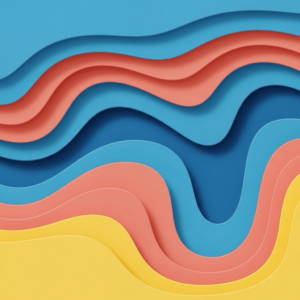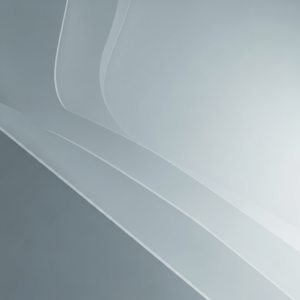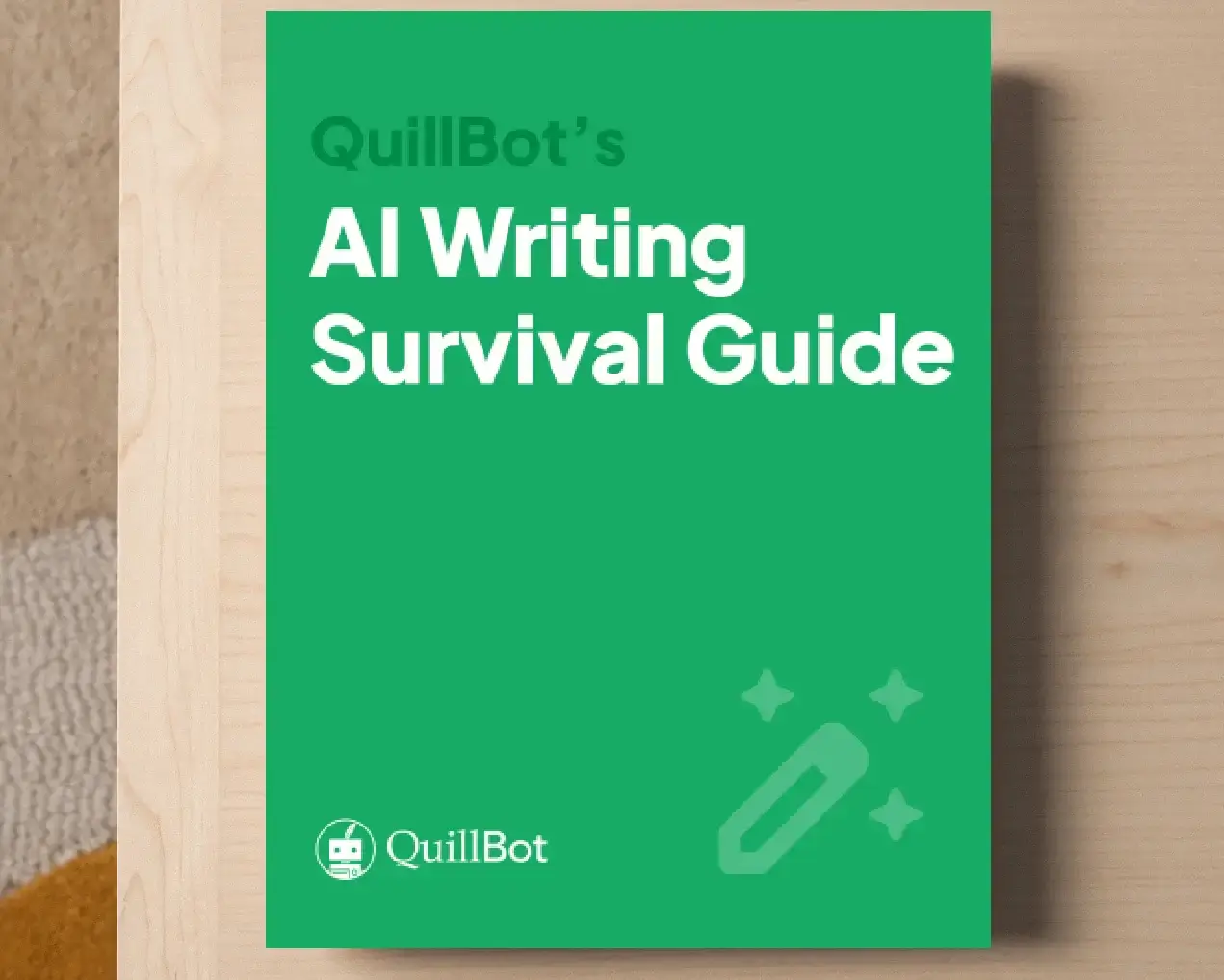How to Use an AI Background Generator
Whether you’re designing a presentation, thumbnail, or social media post, creating an effective background is an essential part of digital content creation. AI background generators, such as QuillBot’s free AI background generator, make it faster and easier to bring your creative background ideas to life.
How to create a background
These three tips will help you create your own aesthetic backgrounds for visuals such as presentations, thumbnails, or social media posts.
1. Choose the right color palette
You don’t typically want these kinds of backgrounds to compete with or distract from the image or text that will appear in the foreground. Choosing the right color scheme for your background helps keep everything balanced and visually appealing.
One approach is to extract a color palette from your foreground image using your image-editing software (e.g., by converting it to indexed color mode and checking the dominant hues in the color table, or by using a built-in palette generator). These colors can serve as a base for your background palette.
From there, you can experiment with tints, shades, or desaturated variants of those colors to keep the background subtle. Alternatively, try using complementary or analogous hues to create either contrast or harmony, depending on whether you want the background to make your subject stand out or blend naturally into the overall visual.
2. Create a subtle pattern
Aesthetic backgrounds often include some kind of geometric or flowing pattern. Techniques you can try in your image-editing software include:
- Creating swirling or undulating effects with distortion or liquefy tools
- Manipulating preset shapes, such as circles, lines, or polygons, by adjusting their opacity, blending mode, or rotation to build layered designs
- Producing organic or varied patterns by duplicating and transforming shapes, or by applying filters and brush effects that scatter or distort them across the canvas
3. Create a texture
A texture can give your background depth and visual interest without drawing attention from your foreground. A light texture, for instance, can make a simple color or gradient more visually engaging by adding subtle variation or depth.
You can create texture in your image-editing software by using noise or texture filters and experimenting with different brush types. Another approach is to take a photograph of a textured surface, such as wood or paper, and manipulate it by adjusting its opacity, blending mode, or color to create a subtle overlay.
Using an AI background generator
The following table lists some useful terms to help you write and refine prompts for an AI background generator.
| Term | Example | |
| Composition | negative space | “lots of negative space in the middle for text placement” |
| clean layout | “clean layout with subtle textures” | |
| Color | gradient | “blue-to-white gradient” |
| pastel tones | “soft pastel tones of pink and mint” | |
| muted palette | “muted earth-tone palette” | |
| vibrant colors | “vibrant color with energetic lighting” | |
| monochrome | “monochrome green background” | |
| harmonious | “harmonious blue and purple tones” | |
| duotone | “duotone orange and yellow hues” | |
| Lighting and atmosphere | soft lighting | “minimalist background with soft lighting and smooth gradients” |
| ambient light | “ambient light and subtle depth” | |
| volumetric lighting | “volumetric lighting and glow” | |
| dramatic lighting | “bold gradient with dramatic lighting for thumbnail use” | |
| glow effect | “subtle glow effect and neon accents” | |
| bokeh | “subtle bokeh texture” | |
| Style | flat design | “flat design vector background” |
| vector art | “vector art with geometric shapes” | |
| 3D render | “3D render with depth and reflections” | |
| watercolor texture | “soft watercolor texture in pastel colors” | |
| paper-cut | “paper-cut shapes” | |
| fluid art | “fluid art background in black and gold” | |
| minimalist | “minimalist abstract background” | |
| Mood and aesthetic | calm aesthetic | “calm aesthetic in beige and golden tones” |
| modern corporate | “modern corporate background in electric blue and silver tones” | |
| dreamy | “dreamy sky effect” | |
| Texture and depth | smooth | “smooth texture with soft lighting” |
| subtle | “subtle paper texture on a light pastel background” | |
| depth lighting | “depth lighting and soft focus” | |
| blurred | “soft blurred background” | |
| layered | “layered abstract shapes creating depth and balance” | |
| waves | “gentle waves” |
For example, you could combine some of the terms in the table to create AI background generator prompts like:
- A dreamy fluid art background with soft flowing shapes and plenty of negative space for text. Use a muted color palette of gentle beige, teal, and lavender tones. Add delicate bokeh lighting effects to create depth and a calm, ethereal atmosphere.
- A paper-cut style background featuring smooth layered waves in vibrant colors of blue, coral, and yellow. The design should have a clean layout with balanced composition. Add soft volumetric lighting to create depth, subtle shadows, and a glowing, modern atmosphere.
- A monochrome 3D render background in soft shades of blue, designed with layered geometric shapes to create gentle depth. Use ambient lighting for a balanced, natural glow and subtle shadows. The overall mood should be calm, minimal, and harmonious, with smooth gradients and plenty of open space.
Frequently asked questions about
- What is a background?
-
A background for a presentation, social media post, web page, or other digital image is the foundational layer of a design that supports the main content in the foreground. It provides visual context, depth, and atmosphere while ensuring that text, images, or other focal elements remain clear and engaging.
QuillBot’s free AI background generator makes bringing your creative background ideas to life quick and easy.
- What are backgrounds used for?
-
Digital backgrounds are used for presentations, social media images, thumbnails, and other visual designs.
QuillBot’s free AI background generator makes it quick and easy to bring your creative background ideas to life.
Cite this Quillbot article
We encourage the use of reliable sources in all types of writing. You can copy and paste the citation or click the "Cite this article" button to automatically add it to our free Citation Generator.
QuillBot. (2025, October 14). How to Use an AI Background Generator. Quillbot. Retrieved November 29, 2025, from https://quillbot.com/blog/image-tools/how-to-use-an-ai-background-generator/




